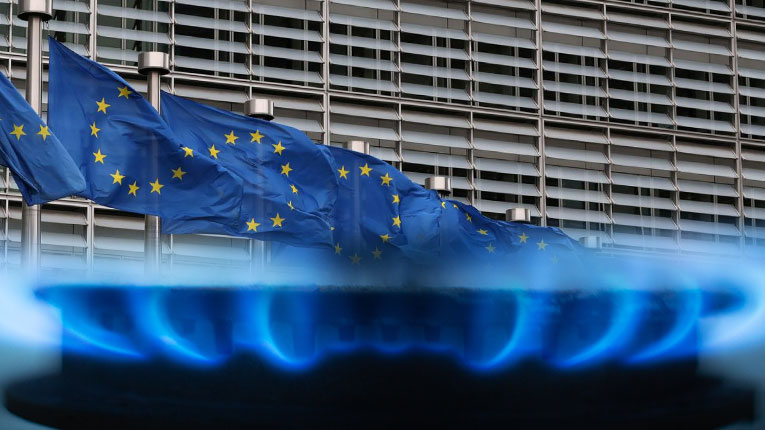The European Union has the opportunity to sustain its entire gas consumption on its own, with the arrival of spring, and the cessation of supplies from Russia could immediately end the war, according to an analysis by the Intelligent Energy Association (AEI).
Europe consumed 552 billion cubic meters of natural gas in 2021, 84% of which were imported. Imports from the Russian Federation were of 34.5% (172 billion cubic meters / year).
“According to the AEI study ‘Europe’s energy supply, in the context of the EU-Russia crisis’, the sanction of immediate self-sufficiency of natural gas from Russia to Europe could be applied, theoretically, without any difficulties in the continuity of gas supply to consumers in this period,” say the experts of the association.
This, given the period in which we are and the relatively high forecast temperatures for March 2022, the daily gas consumption in Europe, that is relatively low and the quantities of gas still existing in underground deposits.
There is also the possibility of supplementing imports of LNG (including by making available gas contracted by other countries – see Japan statement), supplementing quantities imported through pipelines from areas other than Russia, reopening partially closed deposits for reasons other than technical (Groningen), the reopening of coal or nuclear power plants that could make flue gas available to produce electricity, the change of gas flows to supplement the quantities of gas, especially in countries with 100% dependence on Russian gas (Bulgaria, the Baltic States, Finland) and in particular the socialization of the costs of such action throughout Europe.
“This would indeed be an effective and efficient action by the EU. It would also be an action that would allow the EU to break away from the past, to take important steps towards the energy future, after far too small steps taken in recent years, to ensure a European Energy Security, discreetly called the Green Deal. It is a low-risk action, but it could offer the EU its first test of the many theories of existing European Directives and Regulations on the Integrated Functioning of the European Energy Union, etc,” is also shown in the analysis.
